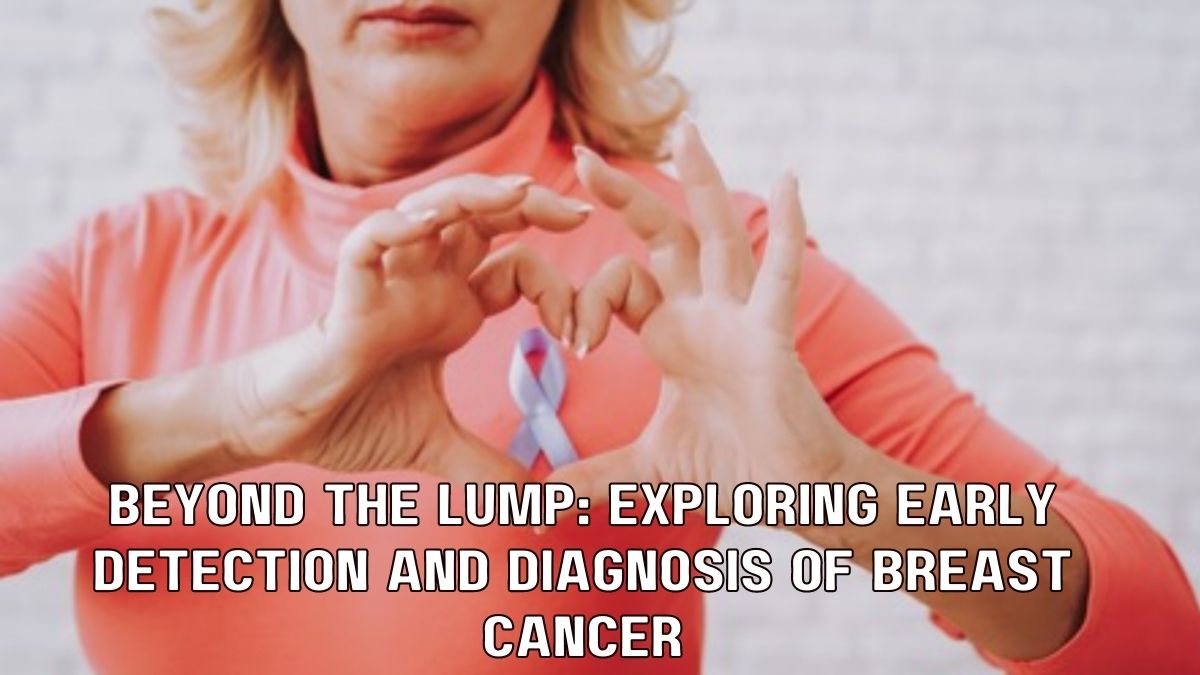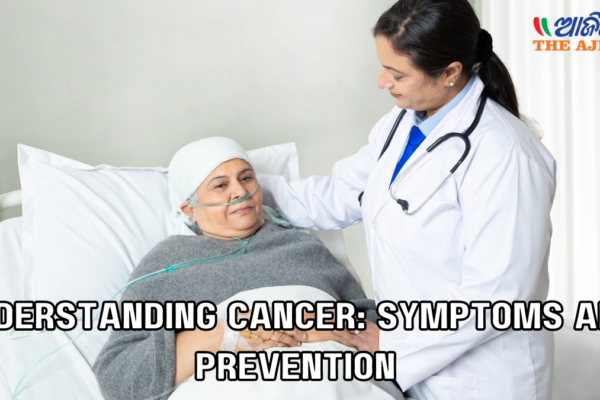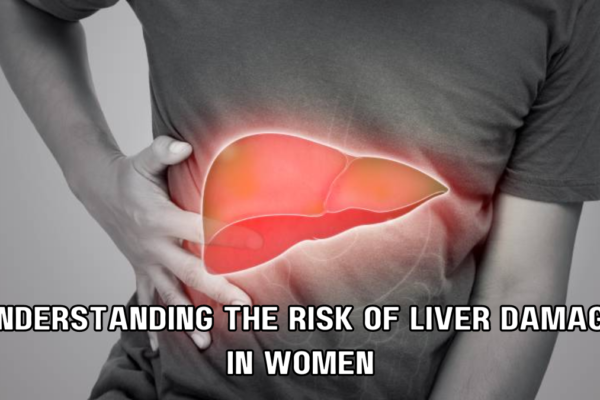Introduction
Breast cancer is one of the most common cancers affecting women around the world. While the detection of a lump is a well-known sign, it’s essential to understand that breast cancer presents itself in various ways. Early detection and diagnosis play a pivotal role in improving outcomes and increasing the chances of successful treatment. In this blog, we will delve into the importance of recognizing other signs, understanding screening methods, and dispelling myths surrounding breast cancer.
Recognizing Signs Beyond the Lump
- Changes in Breast Appearance: Apart from a lump, be aware of changes in breast size, shape, or contour. Unexplained dimpling, puckering, or redness on the skin might indicate an underlying issue.
- Nipple Abnormalities: Pay attention to nipple changes like inversion, itching, or discharge (other than breast milk). Any persistent changes should be examined.
- Pain and Sensation: Breast pain isn’t always indicative of cancer. However, if you notice persistent, unexplained pain or discomfort, it’s important to consult a healthcare professional.

Understanding Screening Methods
- Mammograms: Regular mammograms are a crucial part of breast cancer screening, especially for women above a certain age or with specific risk factors. Mammograms can detect abnormalities before they’re noticeable.
- Clinical Breast Exams: Regular clinical breast exams performed by a healthcare provider complement self-exams and can detect signs that might not be noticeable during self-exams.
- Breast Self-Exams: While self-exams aren’t a substitute for professional screening, they empower individuals to become familiar with their bodies and notice any changes.

Dispelling Myths
- Myth: Only Women Are Affected: While breast cancer is more common in women, men can also develop it. Men should be aware of any unusual changes in their breast tissue.
- Myth: All Lumps Are Cancerous: Many breast lumps are benign. However, any new lump or change should be evaluated by a healthcare provider to rule out malignancy.
- Myth: Young Women Are Not at Risk: While the risk increases with age, breast cancer can affect young women too. Knowing your family history and practicing early detection is crucial.

Conclusion
Breast cancer awareness goes beyond feeling for lumps. Being vigilant about changes in breast appearance, nipple abnormalities, and other sensations can lead to early detection and timely intervention. Regular screenings, whether through mammograms or clinical exams, contribute to a proactive approach. By dispelling myths and staying informed, we empower ourselves to take charge of our breast health. Early detection not only improves treatment outcomes but also brings hope to the journey of those affected by breast cancer.











